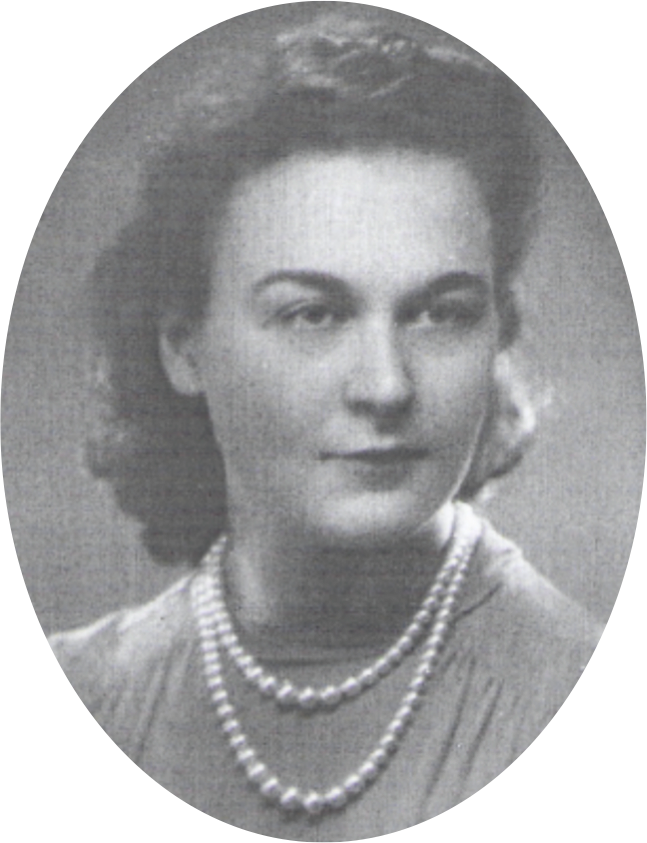
The Scientific Life of Marieta da Silveira
Francisca Viegas, Isabel Serra, Elisa Maia, Manuela Brotas de Carvalho
Faculdade de Ciências da Universidade de Lisboa, Campo Grande, 1700-Lisboa, Portugal
Marieta da Silveia (1917-2004) was born in the island of Pico, in Azores, and came to Lisbon to attend High School, that she finished in 1937. In 1941 she got a degree in Physics and Chemistry at the Faculty of Sciences of the University of Lisbon, with excellent classification. Although having been invited as teaching assistant of the Chemistry Section of the Faculty in 1942, she could not find there the minimum conditions to do scientific research and prepare a PhD thesis, and so she approached Prof. Cyrillo Soares, the Director of the Centre for Studies in Physics, annex to the Laboratory of Physics of the Faculty, where she was immediately accepted as doctoral student, though still teaching practical courses in the chemistry laboratory. The material conditions of the Centre were poor, and indeed most equipment had to be built up by the researchers themselves, sometimes with pieces borrowed from other laboratories. But the scientific/intellectual environment was outstanding, and the quality of the senior researchers and the enthusiasm they also transmitted to younger researchers, more than compensated the difficulties that had to be overcome. Indeed, Manuel Valadares, Aurélio Marques da Silva e Armando Gibert, the senior researchers of the Centre, had obtained their PhD in high level research centers abroad, in Paris, in the Curie Laboratory (Valadares and Marques da Silva) and in Zurich (Gibert), and they all pursued their research in Lisbon in the field of radioactivity and nuclear physics, publishing internationally recognized results. Marieta da Silveira, with the supervision of Marques da Silva, got her PhD in 1945 with a thesis on the contribution to the study of the radiations of the complex of uranium X, where she proposed the hypothesis of spontaneous emission of neutrons. It is worth mentioning that Marieta’s work was published in Portugaliae Physica and was reported by Robert T. Beyer in Foundations of Nuclear Physics in 1947. Later on, in 1947, for political reasons, 21 professors and researchers of Portuguese Universities were dismissed by Salazar. Among them there were the senior researchers of the Center, who had to leave the teaching and research activity at the University, and after that the scientific activity of the Centre decayed significantly. Marieta was not dismissed, but her research carrier was seriously affected, and finally she left the Center. In spite of later collaborations with Kurt Jacobsohn (1950-1952) in researches on effects of radiation on some enzymatic systems and also with Torre de Assunção and Francisco Mendes (1956-1958) in studies on radioactive minerals, and much later with Miranda and Vernois (1969-1970), in studies on coordination chemistry, she never got real support for research, and her carrier never reached the full amplitude that could be expected from her promising beginnings. The academic carrier also suffered due to political reasons, as she was passed over in promotions.
On the contrary, as a teacher, her qualities were fully recognized, in particular by her students. Her remarkable intelligence, scientific competence, didactic approach and extreme humanity made her, as said in many testimonies of former students, “…the best teacher I ever had…”.
References: